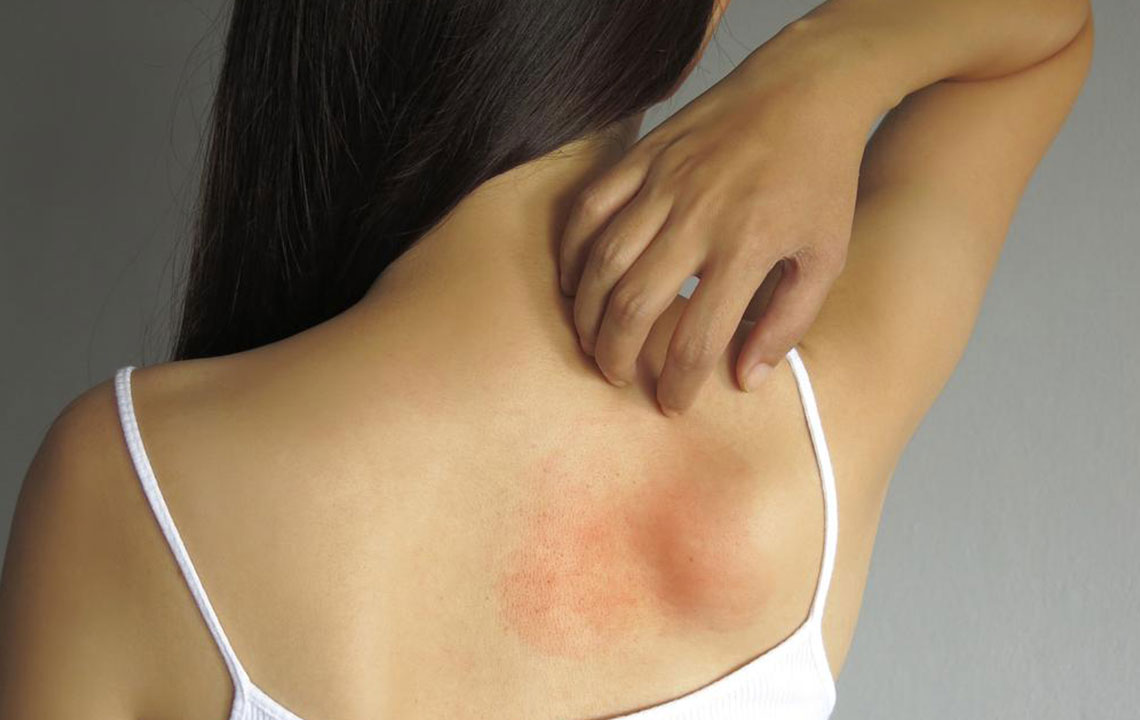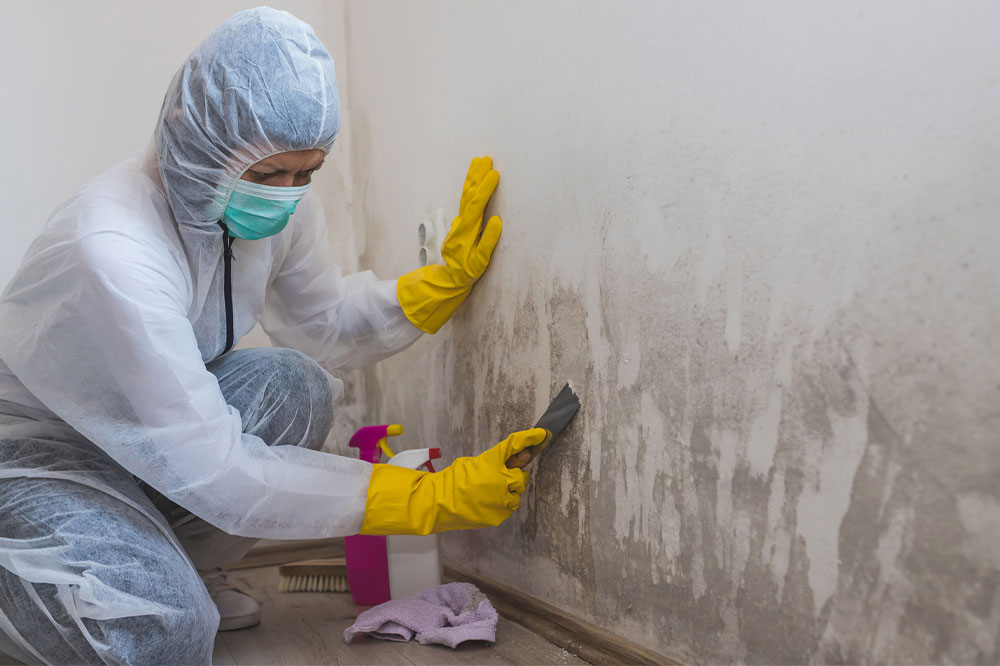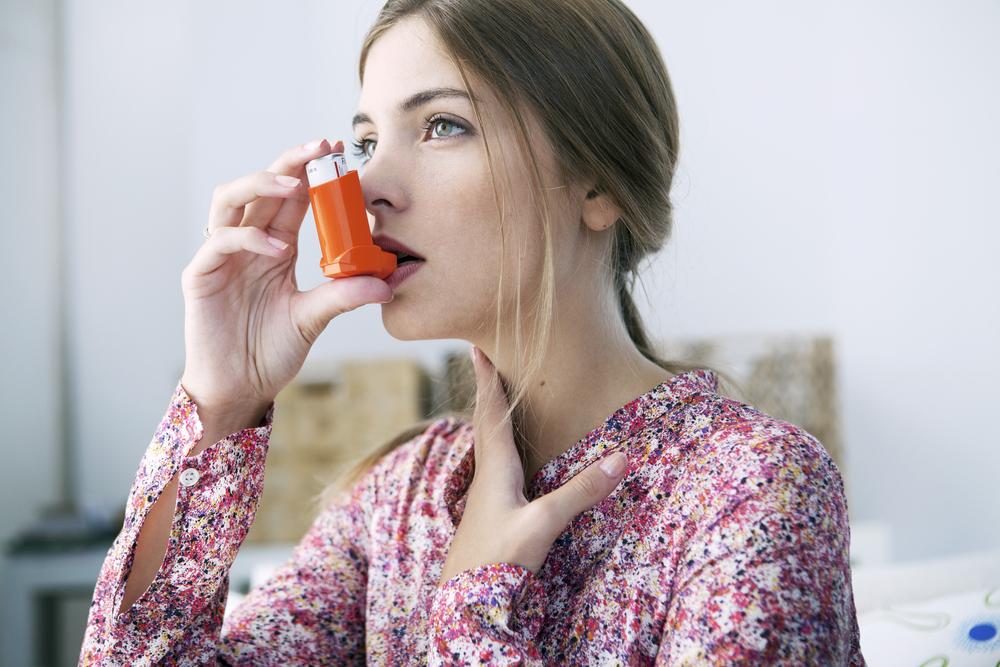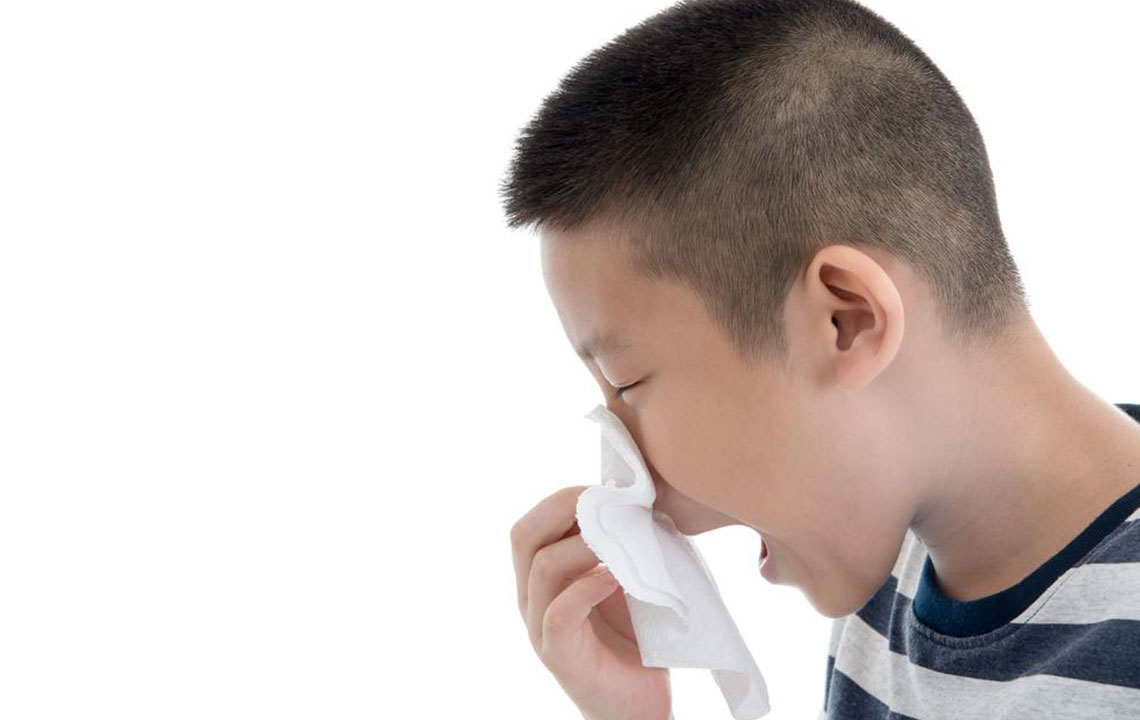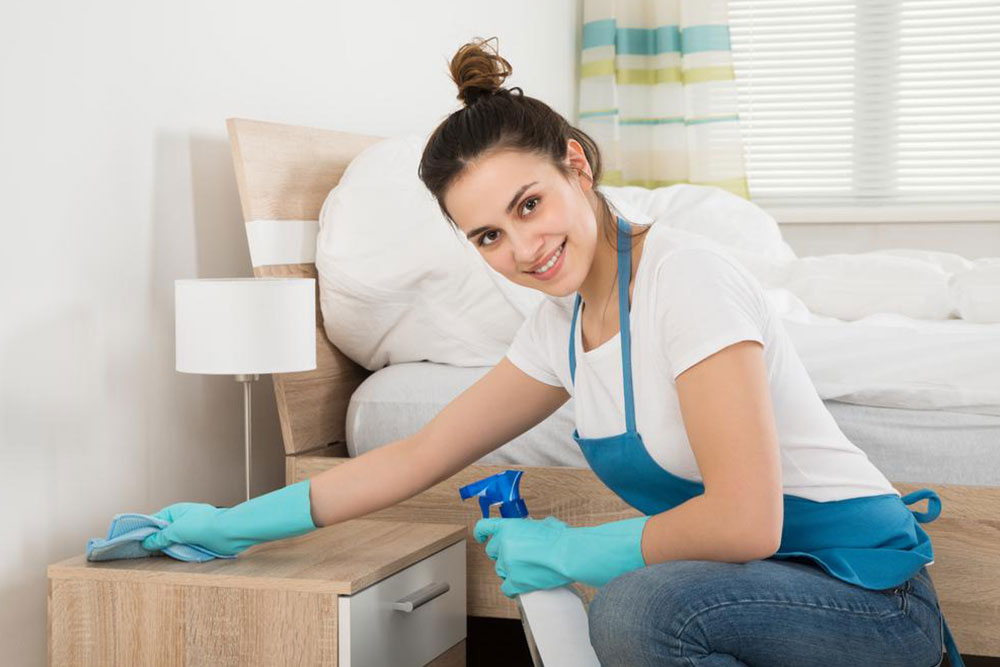Comprehensive Guide to Preventing Mold Allergies for a Healthier Home
This comprehensive guide offers practical strategies to prevent mold growth in your home, helping reduce allergy symptoms and improve indoor air quality. Learn about identifying mold-prone areas, maintenance tips, and moisture control techniques to create a healthier living environment. Proper mold prevention not only mitigates allergic reactions but also contributes to overall respiratory health and well-being.
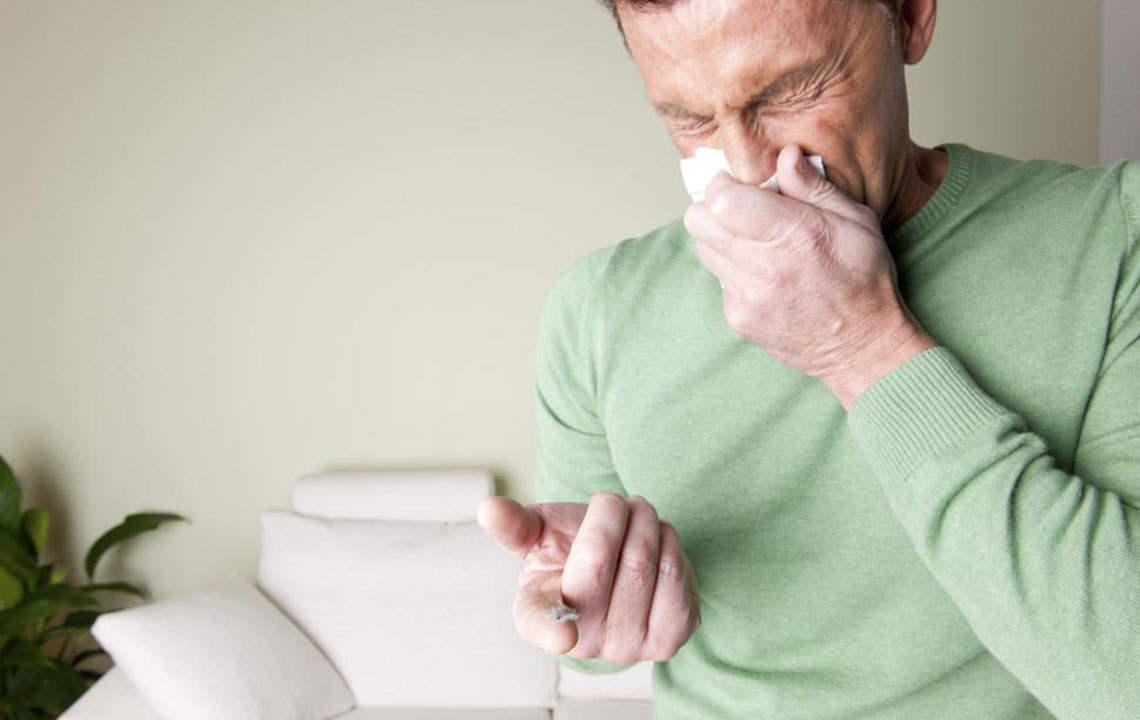
Comprehensive Guide to Preventing Mold Allergies for a Healthier Home
Mold growth is a common issue in many households, especially in environments with high moisture levels. Recognizing the key areas prone to mold development, such as basements, bathrooms, underneath sinks, and outdoor garden spaces near water sources, is essential in implementing effective preventive measures. Mold spores are microscopic and thrive in damp, poorly ventilated areas, posing significant risks to allergy sufferers and overall respiratory health. Understanding how to identify and control mold can dramatically reduce allergy symptoms and promote a cleaner, safer living environment.
Molds produce spores that can become airborne, leading to allergic reactions when inhaled. Typical symptoms include nasal congestion, sneezing, coughing, itchy eyes, and throat irritation, which often mimic common cold symptoms. However, if these symptoms persist beyond usual cold durations or worsen over time, it could indicate mold allergies. During periods of high humidity or rainy seasons, the likelihood of mold proliferation increases, making vigilance even more critical. Regular home inspections are vital to catching mold early and preventing its spread.
Persistent allergic reactions that last longer than standard cold symptoms might be signs of mold allergy.
Increased humidity and damp environments during wet seasons can accelerate mold growth.
To proactively combat mold growth, regular maintenance of plumbing fixtures is crucial. Fix leaks promptly and ensure gutters are clear of debris to prevent water accumulation. Proper ventilation plays a vital role in reducing indoor moisture; thus, installing exhaust fans in bathrooms and kitchens is recommended. Use dehumidifiers in humid climates to extract excess moisture from the air, creating an inhospitable environment for mold. Moisture control is not limited to just mechanical devices; simple practices like wiping down wet surfaces, keeping indoor areas dry, and drying household items in sunlight can significantly mitigate mold development.
Likewise, flooring and upholstery should be cleaned frequently using natural solutions like baking soda or vinegar-based sprays, which help inhibit mold spores. Vacuum carpets often and consider replacing or deep-cleaning heavily infested items. Keeping the home dry and well-ventilated is one of the best strategies to prevent mold-related allergies. While mold itself is not inherently toxic, prolonged exposure can worsen allergy symptoms and compromise respiratory health. With diligent maintenance and preventive measures, families can enjoy a healthier indoor environment, free from mold-related health concerns.
